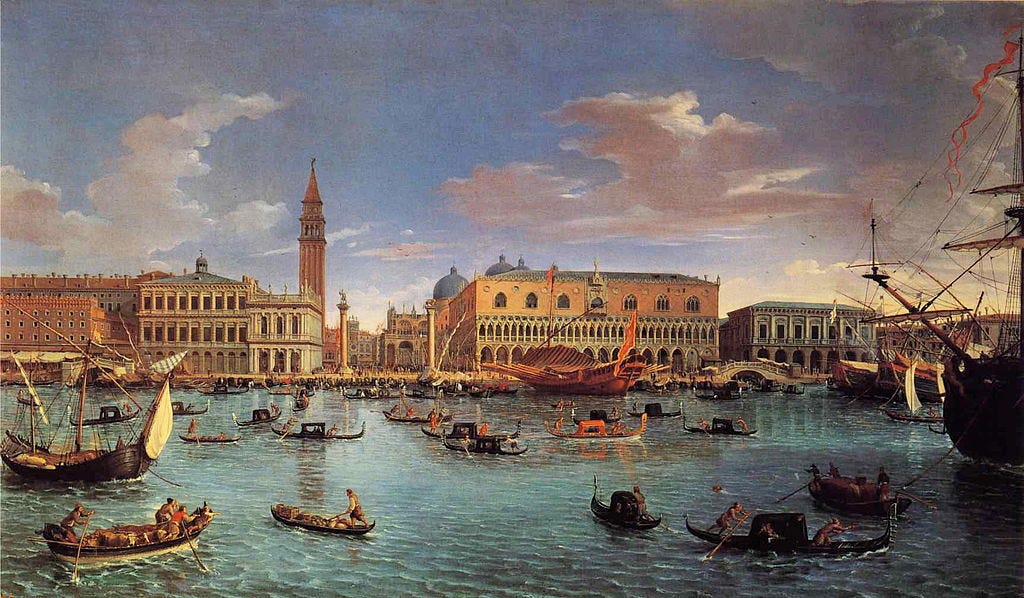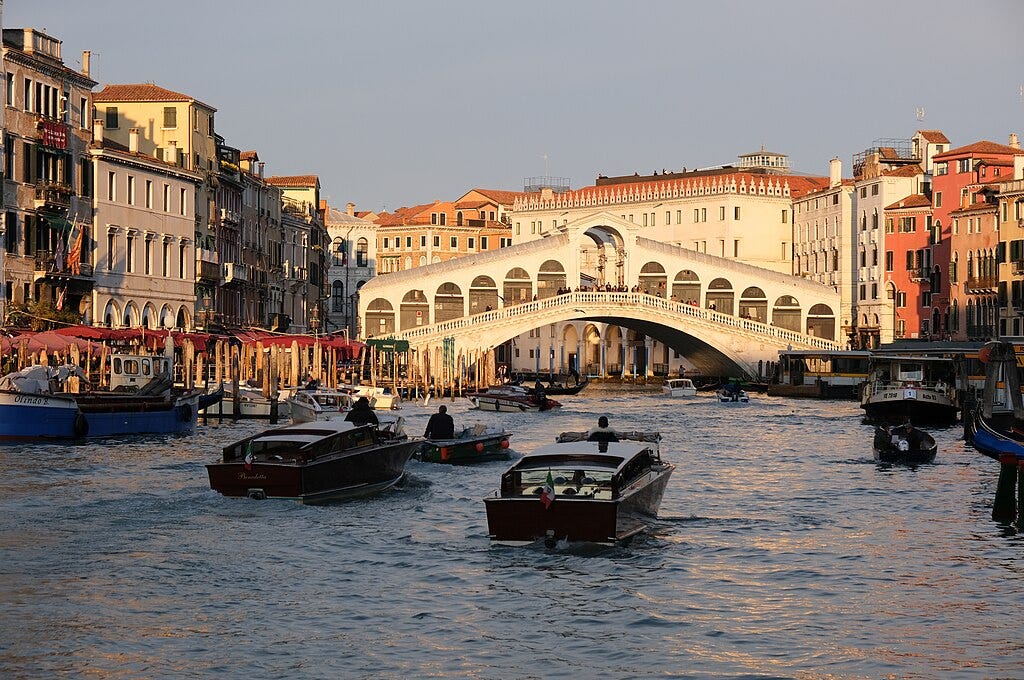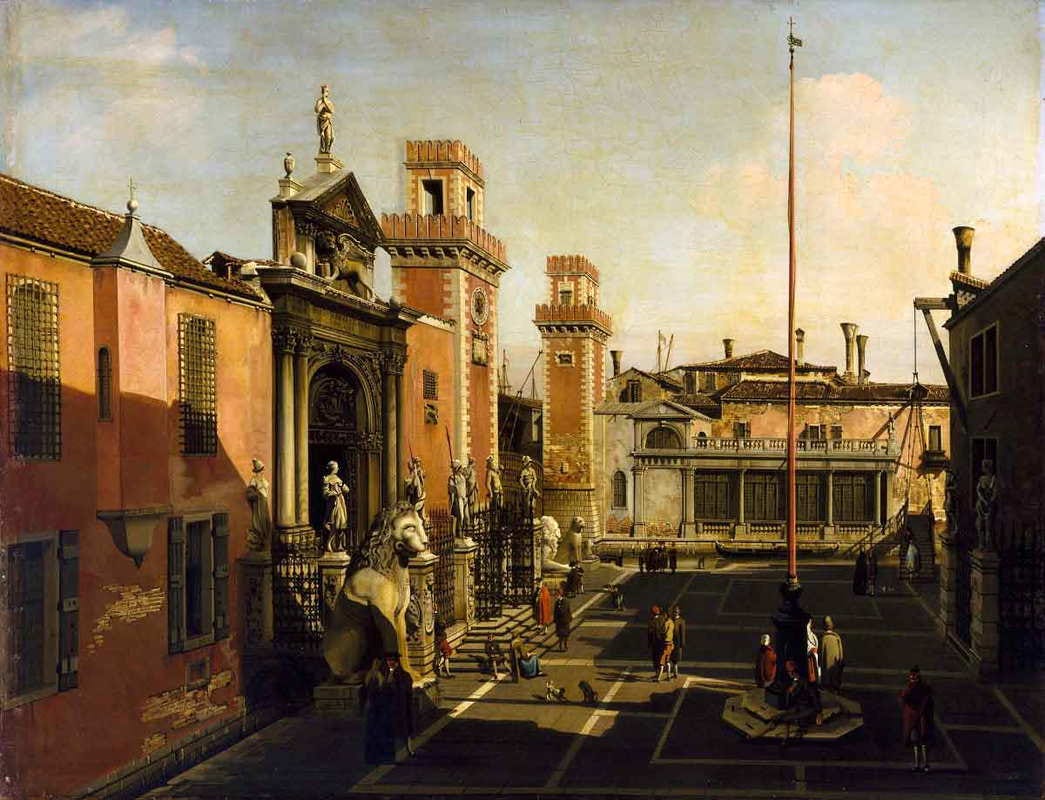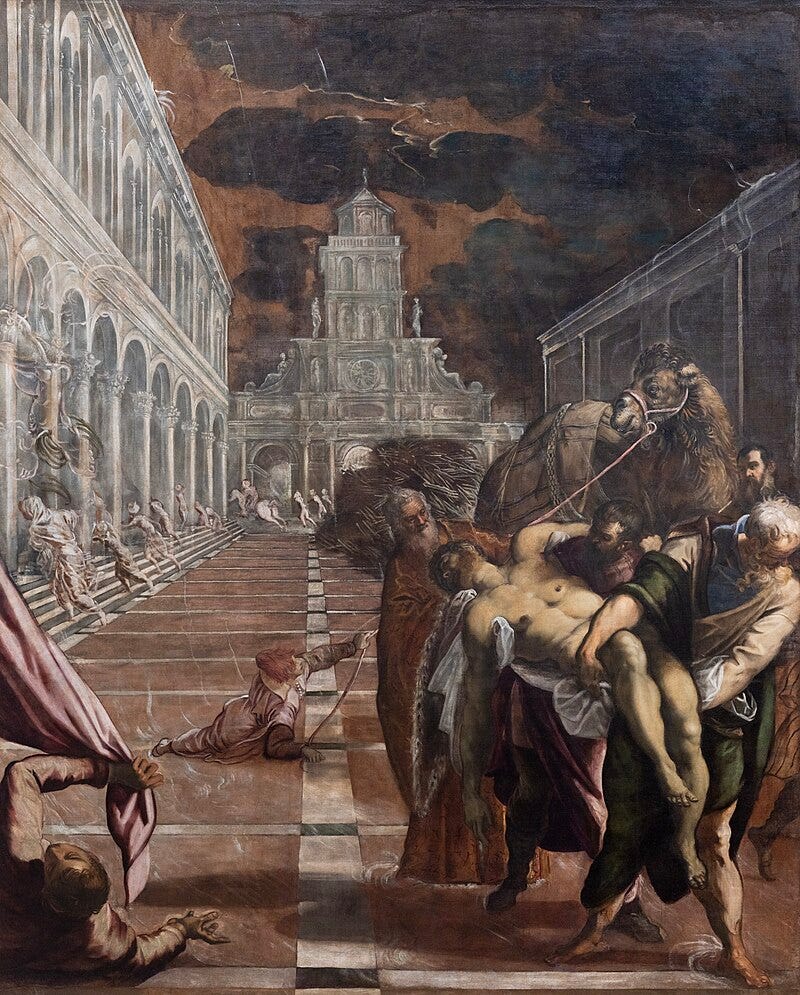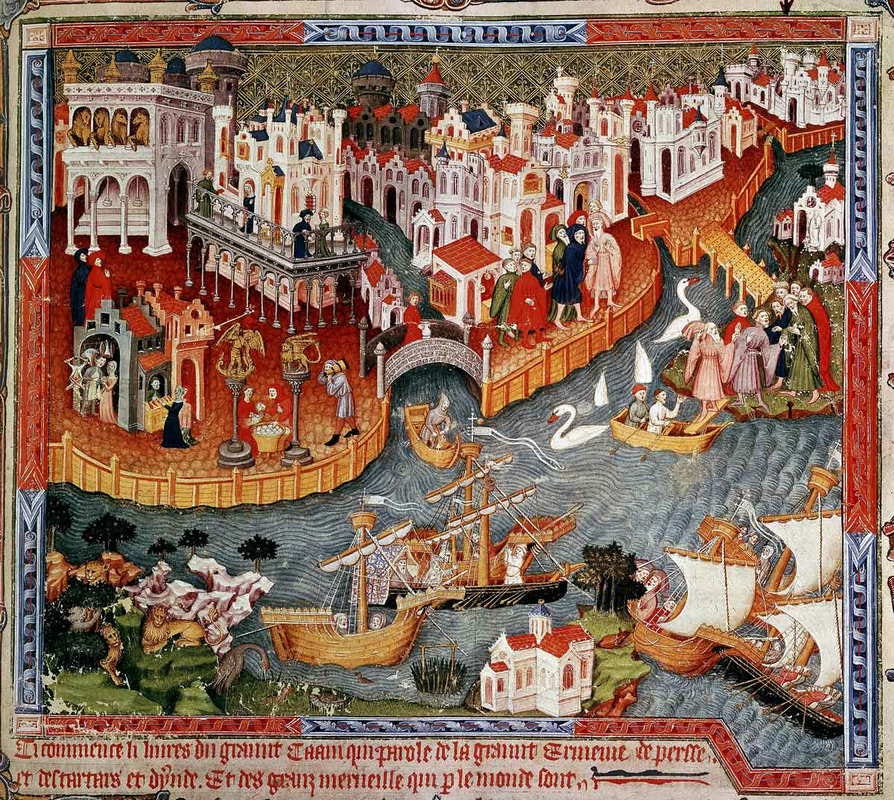The Venice That Made Marco Polo
Before Marco Polo crossed a desert, he was forged in a city where beauty masked brutality, faith cloaked ambition, and every misty canal a reminder that the world belonged to those willing to take it.
In today’s free article, we uncover the Venice that forged Marco Polo, where trade, ambition, and myth built a city like no other. In the premium section, explore the art, architecture, and must-visit places that make Venice a living masterpiece.
The Venice That Made Marco Polo
The world Marco Polo was born into wasn’t quiet or polite, it was a city of fog, rot, splendor, and ambition. Venice in the 13th century wasn’t just floating on water; it floated on power, secrets, and calculated risks. And Marco’s story begins here not as a legend but as a boy born in the belly of a place that ran on gold, gossip, and gondolas.
Venice wasn’t clean. It stank of brine, decay, and spices. The alleys twisted like a maze designed to confuse both strangers and locals. Even the buildings seemed unsure of their foundations leaning out over the water, propped up by logs hammered into marshy ground. The grandeur was real, but so was the filth.
At night, it was a different city. Shadows crawled across the canals, mist clung to the stones, and rumors drifted like smoke. This was no romantic Venice; this was a republic where murder came masked, and where the quietest footsteps made the most noise.
People didn’t walk through Venice. They slinked. They watched their backs. Especially during Carnival, when anonymity reigned behind thick curtains and thicker masks. The city partied hard, sinned harder, and kept quiet about the consequences.
Science here was alchemy and astrology. Faith was law. The sun revolved around the earth because the Bible said so. The stars were perfect spheres, and Jerusalem was the literal center of the universe. God spoke through ritual. The church kept the time.
And yet, Venice was ahead of its time. While much of Europe was crawling, Venice was sprinting. It was a city where almost everyone either was a merchant or wanted to become one. Even widows invested in trade expeditions. Commerce wasn’t a job. It was life.
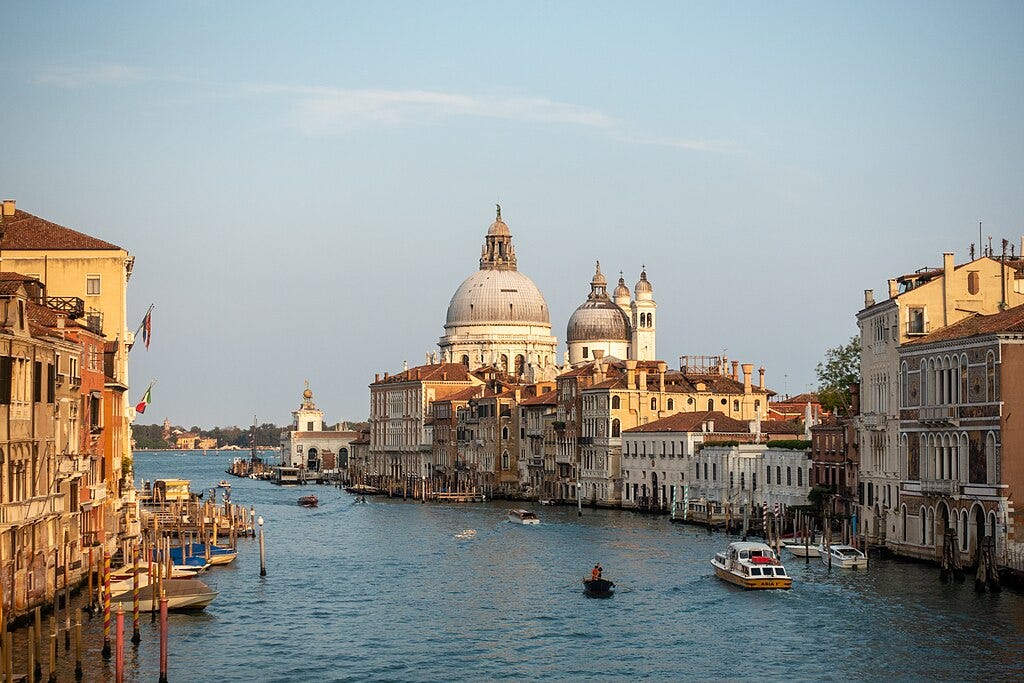
Venice didn’t have walls. It didn’t need them. The sea was its fortress. Its navy was its teeth. Genoese enemies and Arab pirates tried again and again but couldn’t breach its watery armor. That freedom gave Venice its edge and its arrogance.
It also gave rise to families like the Polos. Traders. Risk-takers. Not nobles, but not nobodies either. They were part of the merchant elite, wealthy enough to be comfortable, ambitious enough to go east when others were still terrified of crossing the Alps.
You want to understand Marco Polo? Start with the Rialto. It wasn’t just a marketplace. It was a launching pad for world-changing journeys. Deals worth fortunes were made here in minutes. Business ran on trust and everyone was watching.
Venetians were cunning about money. No standardized currency? No problem. They used the metal content of coins to gauge value, trading rubies when gold wasn’t reliable. They didn’t wait for modern banking. They invented it.
By the 1100s, Venice had public loans, deposit banks, and legal protections. By the 1200s, it had insurance policies for shipping. They had contracts so complex, they practically predicted capitalism. The commenda wasn’t just a deal—it was a prototype for venture funding.
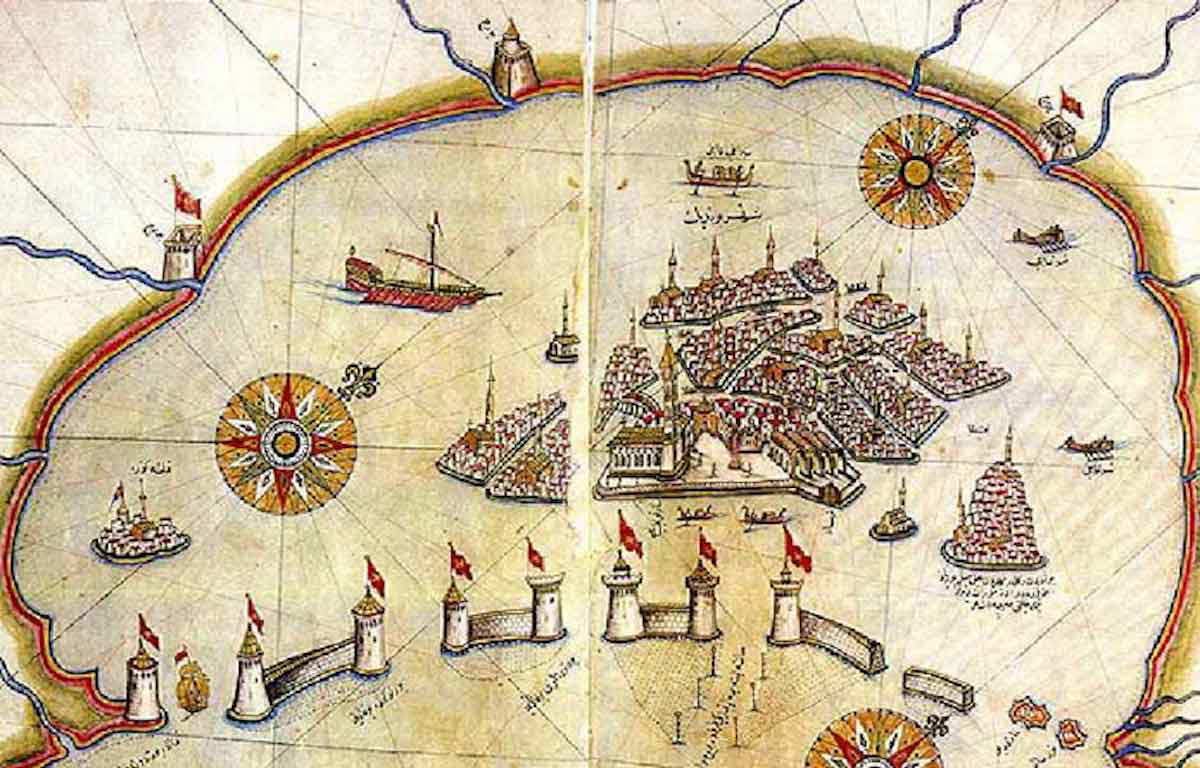
They believed the world was flat, not geographically, but economically. Every corner was reachable if the price was right. Caravans from China, ships from Alexandria, carts from Bruges, all of them fed into Venice. Spices, jewels, slaves, and silk, they flowed into this floating empire.
Venice was a global sponge. It absorbed culture and goods from everywhere. Even its architecture stole from Byzantium and Egypt. Columns and statues from Constantinople ended up on random corners in the city—trophies of past glories.
The city didn’t care who you were if you had something to trade. Arabs, Jews, Greeks, and Mongols were business partners. Religion took a backseat to profit. That’s how Venice thrived and how the Polos found a path to China.
The dialect they spoke, Venetian was a bastard Latin, filled with Croatian, German, and even Arabic echoes. It was a trader’s tongue, flexible, practical, and foreign to everyone, even Italians. It birthed words like “ciao” and “gondola.”
Even the Arsenal, Venice’s shipyard, was centuries ahead. Galley ships built in hours on a production line. An early industrial machine with sails. Spanish visitors thought it was magic. It wasn’t. It was logistics with a vengeance.
And every year, the doge married the sea. Yes, literally. He tossed a gold ring into the Adriatic in a ritual declaring Venice’s eternal dominion over the water. It was politics, myth, theater—and the people believed it.
The man who performed this act, the doge, was part sacred figure, part CEO. He ruled with quiet majesty, always linked to Saint Mark, the city’s patron, whose stolen body lay in a private chapel as proof of Venice’s holy mission.
This myth that Saint Mark himself had chosen Venice gave the city a divine license. Its destiny wasn’t just to trade, but to dominate. The doge and the saint formed a power couple of politics and faith. And no one questioned the union.

In this mix of saltwater, blood, and belief, Marco Polo was born. His house, Ca’ Polo, wasn’t a palace but it was well known. The Polos were trusted. They weren’t nobles, but they were serious players. Their word had weight.
Venice was a republic in name but ruled by fewer than 150 families. Less than one percent of the people held all the real power. If you weren’t born into it, you had to earn your influence through trade, networking, and risk.
The Polos were stable, wealthy, and mostly scandal-free. In a city that thrived on scandal, that itself was a kind of status. They weren’t at the top, but they were secure and security gave them room to dream big.
That dream eventually became Marco’s journey. But it started with the ships, the rituals, the fog, and the myth of Venice. It started with the belief that a boy from a crowded alleyway could one day look out across the world and see his name carried in the wind.
On July 17th, 2025, Art of Purpose will be holding Content Academy, a 4-day virtual workshop which teaches creators how to craft content that grabs the algorithm’s attention and goes viral. If you want to create content like a Caesar, check out the link below. Art of Purpose has assembled an incredible lineup, as shown in the schedule in the link.
Keep reading with a 7-day free trial
Subscribe to The Culture Explorer to keep reading this post and get 7 days of free access to the full post archives.


